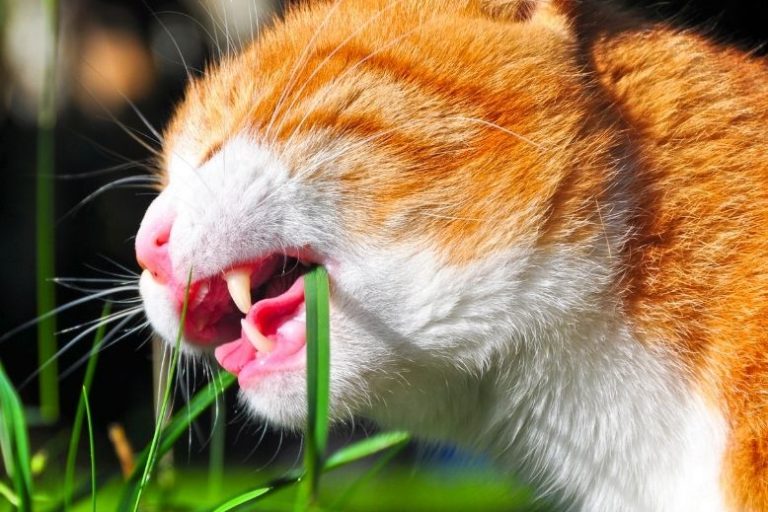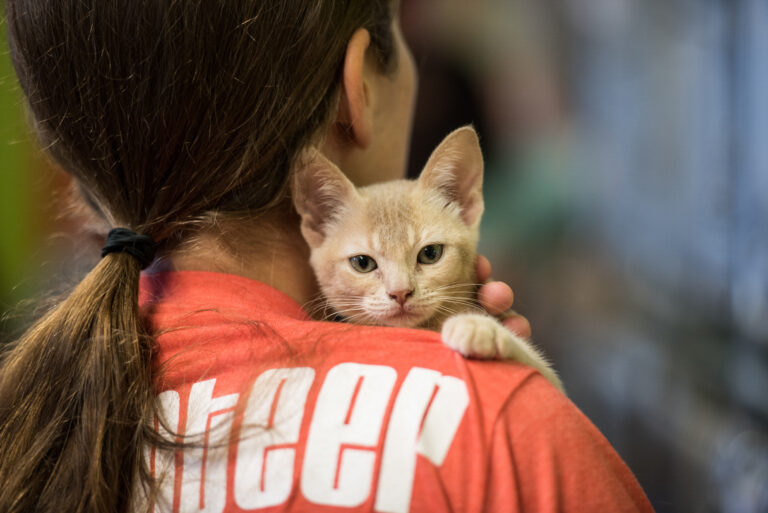As spring approaches, many of us think about refreshing our diets and routines—and the same can apply to our feline companions. A gentle spring detox for cats can support their liver function, digestion, and overall vitality, especially after the colder months when they might have been less active and possibly indulging in heavier meals or treats.
While a cat’s body naturally detoxifies through the liver and kidneys, adding specific cat-safe foods and nutrients can aid the process, promoting smoother digestion and optimal health. Let’s explore the best foods and ingredients to help your cat’s body reset and thrive this spring.
Table of Contents
Why Consider a Spring Detox for Cats?
The liver plays a vital role in filtering toxins, breaking down fats, and metabolizing nutrients. Similarly, a healthy digestive system ensures your cat can properly absorb the nutrients from their food. Over time, factors like processed foods, environmental toxins, and even stress can strain these systems.
Signs your cat may benefit from a gentle dietary detox include:
- Occasional digestive upset (vomiting or constipation)
- Dull coat or excessive shedding
- Mild lethargy
- Mild skin irritation
- Weight gain or poor appetite
A detox doesn’t mean drastic changes. Instead, it involves supporting liver and digestive health with nutrient-rich, cat-friendly foods.
Top Foods to Support Liver and Digestion in Cats
Lean Proteins (Chicken, Turkey, Rabbit)
Cats are obligate carnivores, meaning protein is essential to their diet. High-quality, easily digestible proteins like chicken, turkey, and rabbit provide essential amino acids that support liver function and muscle maintenance.
These lean meats are gentle on the stomach and lower in fat, reducing strain on the liver while supplying the nutrients your cat needs for energy and repair.
How to serve: Lightly cooked (plain, unseasoned) and cut into small, manageable pieces. Always avoid bones, skin, and seasoning.
Pumpkin (Pureed, Unsweetened)
Pumpkin is one of the best natural sources of fiber for cats. It helps regulate digestion by easing both constipation and diarrhea, thanks to its soluble and insoluble fiber content.
Additionally, pumpkin contains antioxidants like beta-carotene, which can support immune health and overall wellness during the seasonal change.
How to serve: Add 1-2 teaspoons of pure, unsweetened canned pumpkin to your cat’s meals. Avoid pumpkin pie filling or anything with added sugar or spices.
Salmon or Fish Oil (In Moderation)
Rich in omega-3 fatty acids, salmon and fish oil are excellent for reducing inflammation and supporting liver and kidney health. Omega-3s also contribute to a shinier coat and healthy skin, which is especially helpful after winter months.
How to serve: Use small amounts (about half a teaspoon for an average-sized cat) of high-quality, unsalted cooked salmon or a veterinarian-approved fish oil supplement. Always introduce slowly to avoid digestive upset.
Dandelion Greens (Cooked, Small Quantities)
Dandelion greens are packed with vitamins A, C, and K, plus minerals like iron and calcium. They have natural detoxifying properties, helping the liver process waste more efficiently and promoting bile production, which aids in fat digestion.
How to serve: Lightly steam and chop into tiny portions—just a few small pieces mixed into their regular food. Too much can cause digestive upset, so moderation is key.
Bone Broth (Homemade, Low-Sodium)
Bone broth is rich in collagen, amino acids, and minerals, providing gentle nourishment that supports gut lining health and overall hydration. It’s an excellent way to flush out toxins while keeping your cat hydrated, especially if they’re picky water drinkers.
How to serve: Offer a few tablespoons of homemade bone broth without salt, garlic, or onions. You can pour it over your cat’s meals or serve as a separate treat.
Foods to Avoid in a Detox Diet
While adding beneficial foods, it’s equally important to avoid ingredients that may stress your cat’s liver and digestion:
- Grains and fillers (like corn, wheat, soy)
- Artificial preservatives, flavors, or colors
- Onions, garlic, leeks (toxic to cats)
- High-fat processed meats
- Dairy products (many cats are lactose intolerant)
Focus on natural, whole-food ingredients that are gentle on the stomach and easy to digest.
General Tips for Supporting Your Cat’s Liver and Digestion
- Introduce new foods slowly to avoid upsetting your cat’s digestive system.
- Keep your cat hydrated—consider adding extra water or broth to meals.
- Stick to small portions when adding detoxifying foods to prevent overloading their system.
- Continue providing a high-quality, balanced commercial diet as the foundation of their nutrition.
- Always consult your veterinarian before introducing new supplements or major dietary changes, especially if your cat has health conditions.
In Conclusion

A spring detox for cats doesn’t require extreme measures—it’s about gently supporting their natural detox systems and digestion through healthy, nutrient-packed foods. By incorporating ingredients like lean proteins, pumpkin, omega-3-rich fish, dandelion greens, and bone broth, you can help your feline companion transition smoothly into the season, feeling refreshed and revitalized.
With thoughtful adjustments and vet guidance, your cat will benefit from improved liver function, digestion, and overall health as spring blooms.







